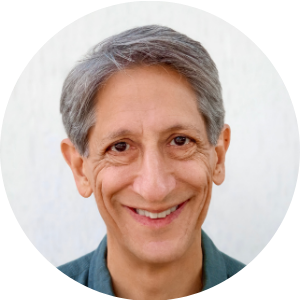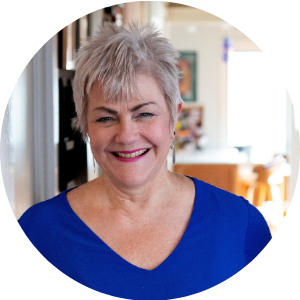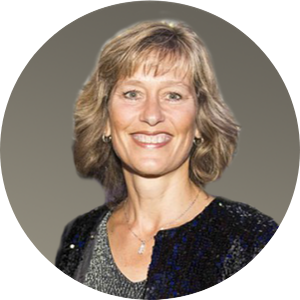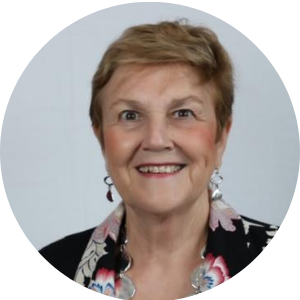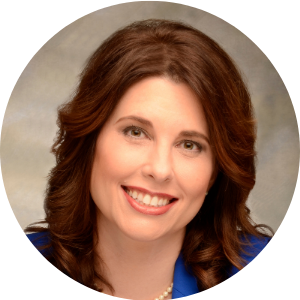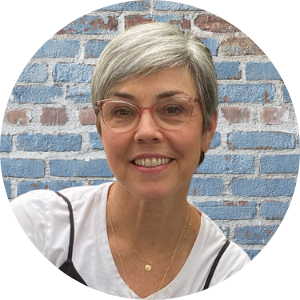
A Vaccine Against Closed-Mindedness | Jay G. Cone PhD
A Vaccine Against Closed-Mindedness | Jay G. Cone PhD
Jay Gordon Cone Ph.D. has decades under his belt working with leadership teams to build successful strategies and navigate challenging times. These days he is also focusing his considerable intellectual horsepower and passion on creating a “vaccine against mind traps and closed-mindedness”.
Jay believes if we can boost our immunity to chaos, we can respond with creativity and compassion rather than paralysis and tribalism. Join us as we talk about bias, quicksand questions, and four disciplines for getting unstuck.
Show Notes
“If we were able to have a more productive approach to uncertainty and ambiguity, we actually might find responses that make things better. But we want the easy answer. And it’s our fascination with the easy answer, actually, that prolongs the chaos.”
– Jay G. Cone
Overcoming thinking traps
We often find ourselves stuck – both individually and collectively – as a result of chaos, uncertainty, and unpredictability. In such times, it’s common to gravitate toward the easy answer, regardless if it’s the best way forward. When we fall into these thinking traps, we may oversimplify the problem to create a simple solution. This need for closure creates hasty action plans that can entrench you further into the problem – getting your mind “stuck.”
Today Jay outlines tips for avoiding thinking traps and nurturing an “unstuck” mind that’s open to new possibilities. Much of it begins with knowing the right questions to ask (avoiding “What should I do?”) to forge a new way forward. Being able to adaptively respond to uncertainty is helpful, because expertise and learning from the past doesn’t necessarily provide a fail-proof roadmap for the future.
The importance of building mental stamina
[9:30] “[In chaos] the only responses that we have are based in the limbic system in the amygdala, and we want to fight or we want to flee. But if we can develop our stamina for thinking, when things are complicated or uncertain or ambiguous, then we’re not as susceptible to the same ideas and…closed mindedness and tribalism, that tends to paralyze us.”
[22:03] “And when you start focusing on simplistic answers, then you tend to hang out with people who have gravitated towards those same simplistic responses. And it gets to the point where it’s just too difficult to be open to new information, different perspectives, or to continue processing things.”
How to know you’re stuck
[11:22] “One very common experience … you’re really not clear on why it is that you can’t achieve this goal. You make up all these reasons for why this attempt failed…So if a pattern emerges, there’s a good chance that there’s something more to be uncovered.”
[15:59] “If someone expressed a point of view…and all of a sudden [you] have horrible judgments…if that’s a feeling you’re having, and it’s one you’re not particularly proud of or that doesn’t make sense to you, that might be a leading indicator of stuckness as well.”
Identify quicksand questions
[26:09] “One of the things that you can look at is the way people pose questions because the way people frame a question about a situation they want to change reveals a lot about how they’re thinking and feeling.”
[29:30] “All these things that we want other people to do, we just frame a question around them and we work toward altering the behavior – rather than trying to understand whether we as leaders, organizations, are complicit and whether there’s something other than their behavior that needs to change.”
Practice the 4 Disciplines for getting unstuck
[36:32 ] Jay has designed 4 Disciplines to use when you feel stuck. We can use these disciplines in team and individual settings when we find ourselves overwhelmed or repeating familiar patterns with unsatisfying results.
Get in touch with Jay Cone:
https://unstuckminds.com/contact/
Resources:
Unstuck Minds website
https://unstuckminds.com/
Unstuck Minds Blog: https://unstuckminds.com/receive-periodic-tips-insights-and-ideas-
from-unstuck-minds/
Free Assessment: https://unstuckminds.com/your-thinking-to-action-profile/
Facebook https://www.facebook.com/unstuckminds/%3Fref=bookmarks
Twitter https://twitter.com/unstuck_minds
Blindspot: Hidden Biases of Good People https://www.amazon.com/Blindspot-Hidden-Biases-Good-People/dp/1491528869
To subscribe to the Rise Leaders newsletter for more resources: https://mailchi.mp/426e78bc9538/subscribe
To discuss executive coaching, leadership development program design, and workshop facilitation, please visit: https://rise-leaders.com/contact-info/
I specialize in helping leaders and organizations thrive. Reach out if there’s a way I can support you.
